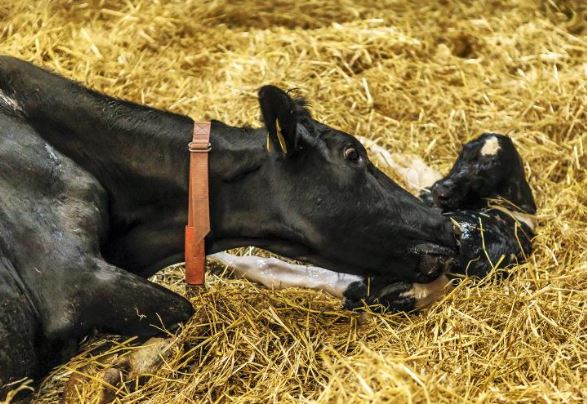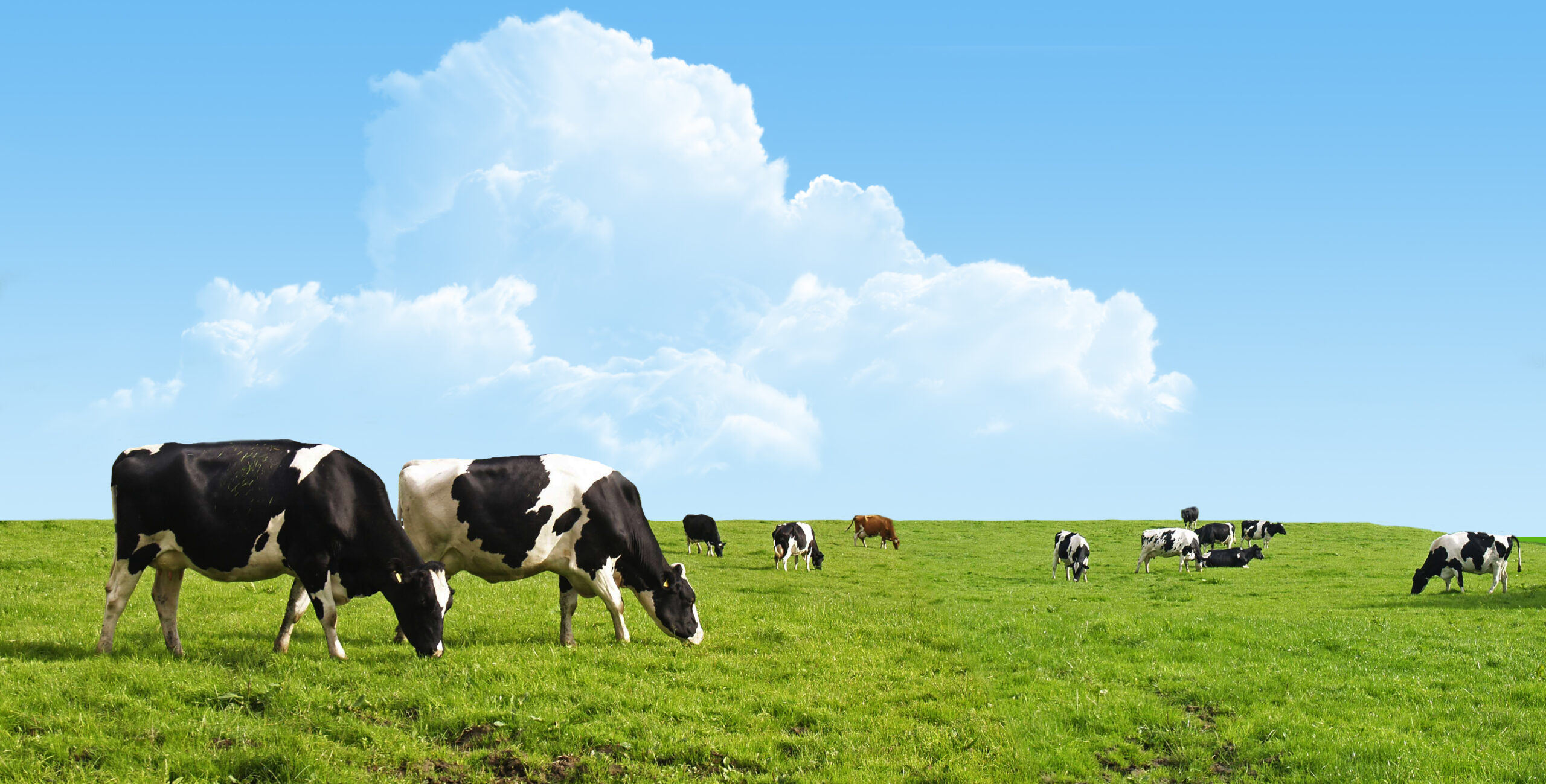Changes in prescription practices for vets and farmers
Alexa Du Plessis2024-07-05T10:19:58+00:00As all Dairy Farmers may be aware by now , there have been changes in prescription practices driven by the challenge of AMR and the vet council/department of agricultures enforcement of same. (More Responsible use of antibiotics going forward) Watch a very informative video by Caroline Gavin SSVI, explaining what the changes mean for
Getting Ready for Breeding Season
Alexa Du Plessis2024-04-12T10:32:57+00:00Getting Ready for Breeding If you are going to start AI on May 1 then April is the month for preparation. In simple terms: Pregnancy rate is Submission rate x Conception rate. In Irish terms submission rate is the amount of cows that are available for service (calved >42 days) that have
Day in the Life of a Vet
Alexa Du Plessis2024-04-12T10:18:16+00:00Recently MSD Animal Health and XL Vets ran a series called Day in the Life of a Vet and our very own Kevin O Sullivan was shadowed for a day. Meet Vets Christine and Richard, Vet Nurse Katie and FLuff & Buff Groomer Caitriona, as well as some interesting cases and a chicken! Watch
Synch, Breed Succeed!
Alexa Du Plessis2024-03-19T10:54:53+00:002 Farm talks being hosted by us and Zoetis on how to Improve In-Calf Rates on Farms. 1st Event: 27 March 2024 Coachford 2nd Event: 3 April 2024 Dunmanway See you there!
Main Strategies to Avoid Milk Fever at Calving
Alexa Du Plessis2023-02-21T11:24:04+00:00Milk fever and subclinical milk fever are the most important macromineral disorders that affect transition dairy cows. The occurrence of milk fever or subclinical hypocalcaemia is related to increased incidence rates of several other transition cow problems. The cows with low blood level of calcium have a higher likelihood of having immunosupression, an assisted calving
Managing herd lameness
Alexa Du Plessis2022-08-24T13:31:55+00:00As herd sizes increase, the incidence of lame cows is also increasing. Increased walking distances and increased standing times have a detrimental effect on cow hoof health. Lameness is not only a problem for the cow; it can lead to significant financial losses for the farm business. Considering the fact that every case of a
Vaccinate against salmonella in your herd
Alexa Du Plessis2022-08-24T13:12:20+00:00There are multiple clinical signs of salmonellosis. The most common are diarrhoea and abortion, predominantly caused by Salmonella typhimurium and Salmonella dublin respectively. Once infected cattle can acquire immunity and recover or remain carriers. These carriers can shed the bacteria constantly, intermittently or become latent carriers. Economic implications are not only restricted to treatment costs
Making the most of milk records
Alexa Du Plessis2022-08-25T17:29:27+00:00Our colleague Kevin Meaney MVB Cert DHH, Southview Veterinary Hospital and XL Vets member, gives a very good insight into how to interpret and act on milk quality reports. Mastitis and high somatic cell counts (SCC) can be one of the most expensive health problems on a dairy farm. Teagasc research has shown an increase











